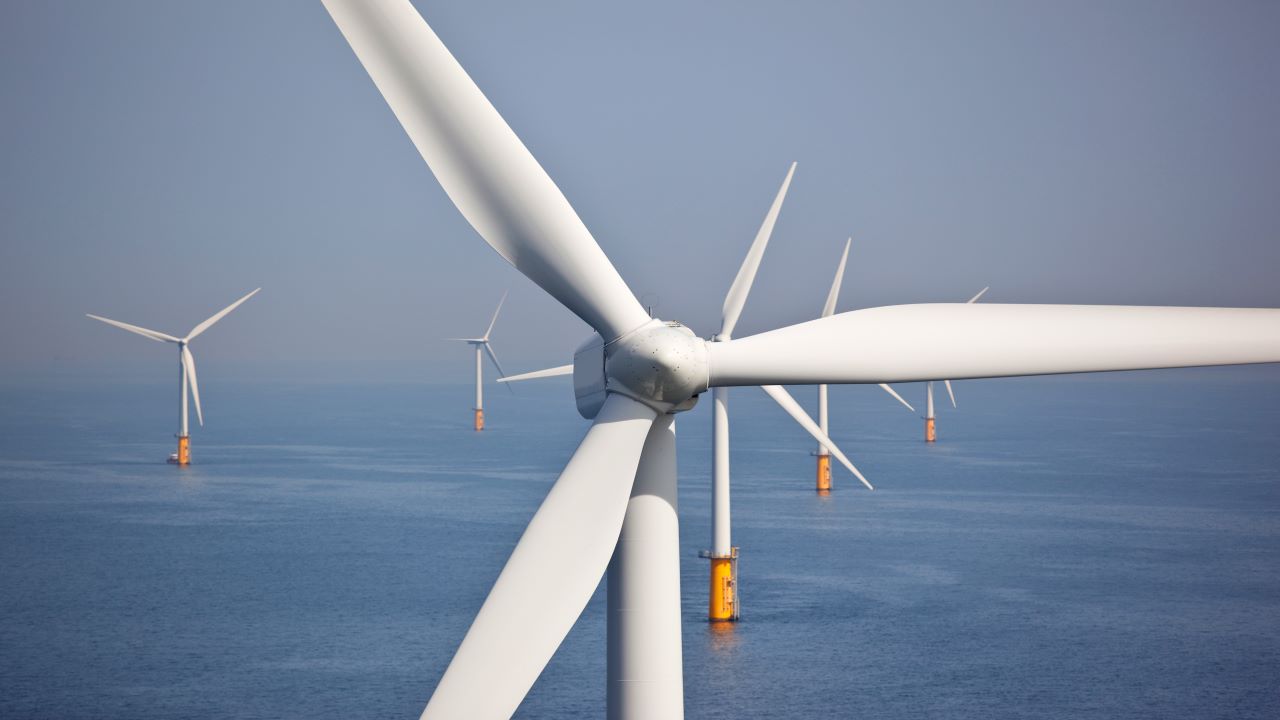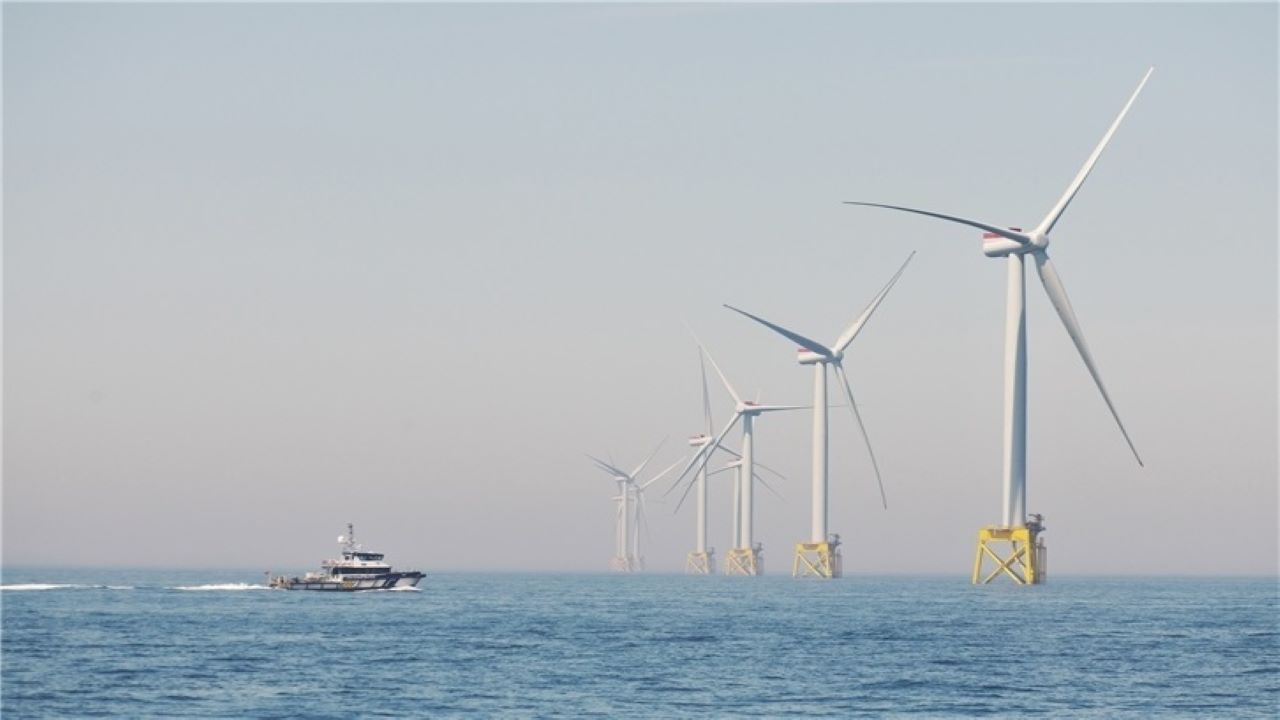The East Anglia Two offshore wind farm is proposed to be built off the coast of Southwold in Suffolk, North Sea. The project is being developed by ScottishPower Renewables, a part of Iberdrola.
With an operational capacity of 900MW, the East Anglia Two offshore wind farm will generate sufficient electricity to power up to 800,000 UK households. The planning application for the East Anglia Two was submitted to the UK Planning Inspectorate in October 2019. The construction work is expected to commence in 2023, subject to the outcome of the planning considerations with commissioning expected by 2026.
The East Anglia Two wind farm is part of the East Anglia Hub programme, which comprises three separate offshore wind farms, representing a capital investment of up to £6.5bn ($8.7bn). The East Anglia Hub is expected to make a 7.5% contribution to the UK’s 40GW offshore wind target for 2030.
Project location
The proposed site for the development of the East Anglia Two offshore wind farm project encompasses an area of approximately 218.4km² in the southern North Sea.
It is located approximately 32.56km away from the coast of Southwold and 37.02km from the port of Lowestoft in Suffolk County, UK.
East Anglia Two make-up
The East Anglia Two project will feature up to 75 wind turbines, with each turbine offering a rated capacity of up to 19MW. The turbines will have a maximum blade tip height of 300m above sea level and a maximum rotor diameter of 250m.
The wind farm will be built using a construction, operation, and maintenance platform and a meteorological mast.
Electrical infrastructure
The power generated from the turbines will be connected by inter-array link cables to four offshore electrical platforms. The project will incorporate up to two export cables that will be either buried or protected on the seabed to transport the electricity from the platforms to the onshore facilities.
The onshore cable array is proposed to use up to six single-core onshore cables and up to two fibre optic cables that will be buried for a maximum length of 9km. The trenching method will be used to place ducts, through which the cables will be pulled for the majority of the route.
The onshore substation will have a maximum height of 15m and will cover an area of 36,100m².
Power transmission and distribution
The power generated from the East Anglia Two offshore wind farm will be transmitted to the national electricity grid through a new transmission substation, comprising air-insulated switchgear (AIS) or gas-insulated switchgear (GIS).
An additional electricity pylon will be built within the vicinity of the National Grid substation in Suffolk. The infrastructure will also include two cable sealing end compounds and one cable sealing end compound with a circuit breaker.
The East Anglia Hub programme details
The East Anglia Hub programme aims to deliver a total installed capacity of 3.1GW through three separate offshore wind farms in the East Anglia area, including the commissioned East Anglia One, as well as the proposed East Anglia Two and the East Anglia Three.
The programme will include up to 263 next-generation turbines, which will generate sufficient electricity for 2.7 million British homes.
The East Anglia One wind farm, which was commissioned in July 2020, required a total investment of £2.5bn ($3.4bn). The 714MW project comprises 102 WTG E19 Siemens Gamesa turbines, spread over an area of 300km².
Contractors involved
Siemens Gamesa Renewable Energy was selected as the preferred supplier for the turbines to be used in the East Anglia Hub projects in February 2021.
Environmental consultant Royal HaskoningDHV’s UK environment team was selected to prepare an environmental impact assessment for the East Anglia Two project.
Wardell Armstrong provided ground and civil engineering support for the East Anglia Two project under a subcontract with Royal HaskoningDHV.






